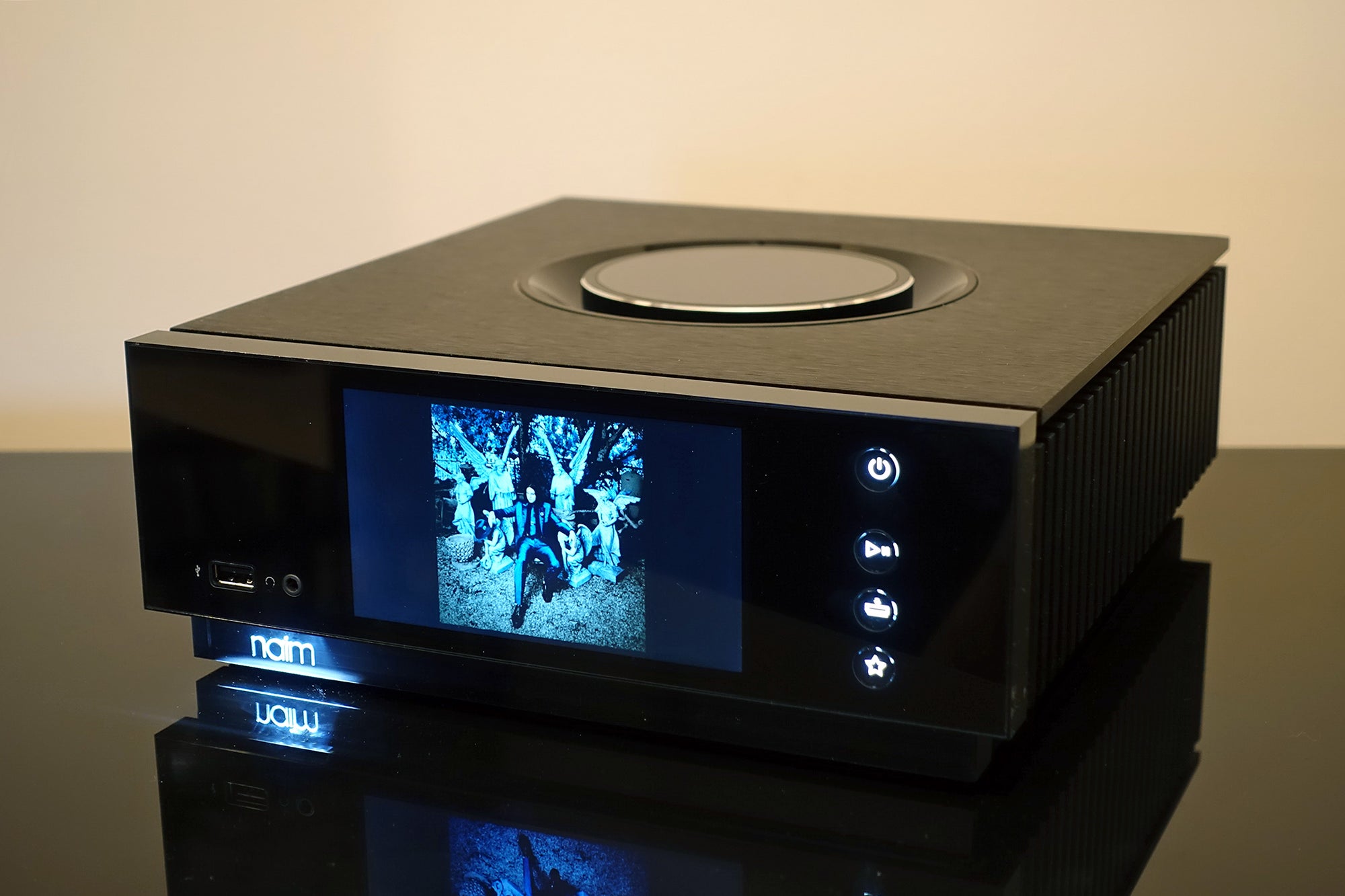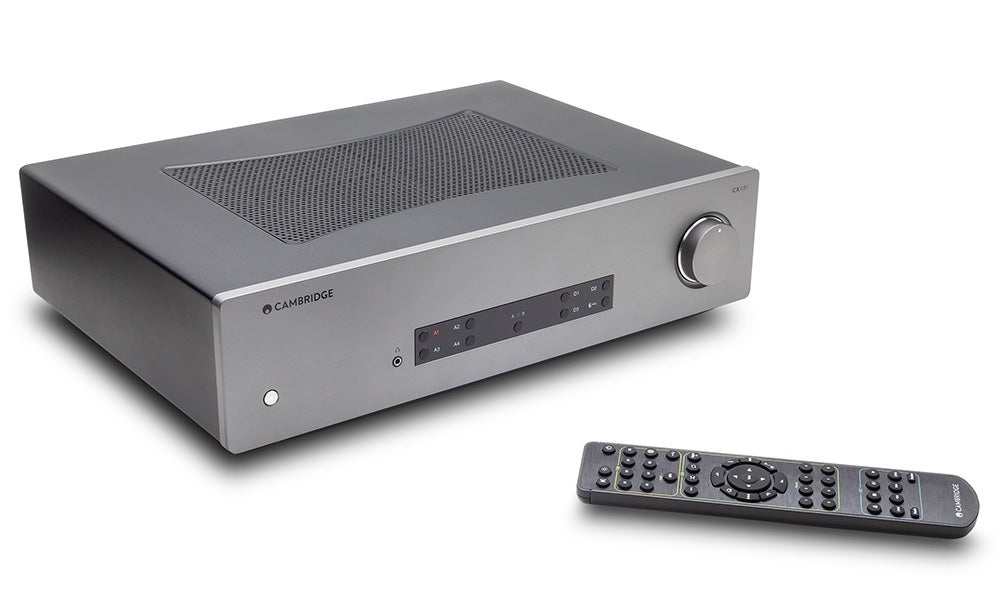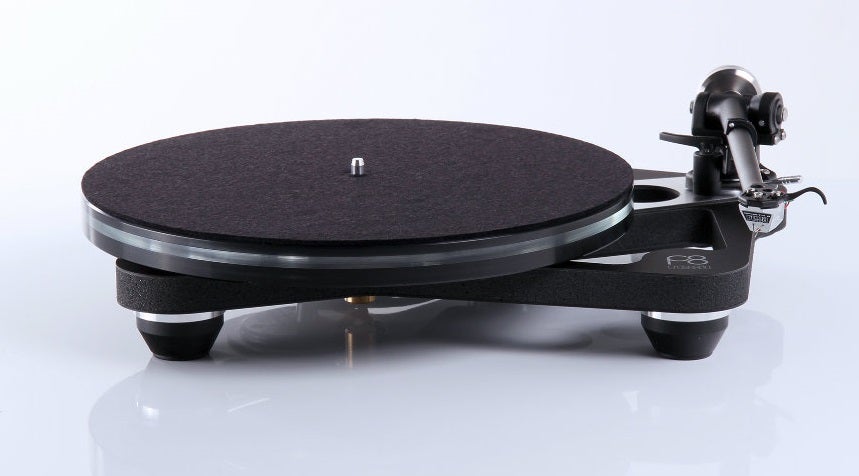Sonus Faber Lumina 1 Review
Sonus Faber's Lumina 1 are touchy-feely kind of speakers
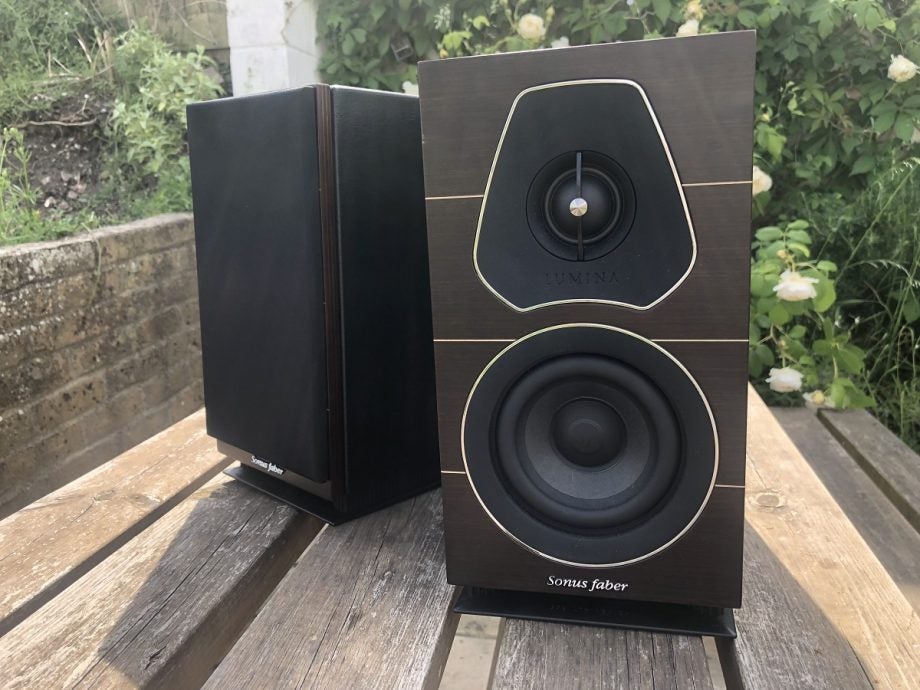

Verdict
Play to their strengths (and don’t expect big-room scale) and the Sonus Faber hit far more than they miss.
Pros
- Direct, confident audio presentation
- Brand-name cachet (and hand-made in Italy cachet, too)
- Luxurious finish (if you like that sort of thing)
Cons
- Not the most fluent listen
- Can sound underpowered
- Chintzy finish (if you don’t like that sort of thing)
Introduction
Attitudes seem to be changing at Sonus Faber. Since the company was first up and running, almost 40 years ago now, its products have been unashamedly expensive and correspondingly luxurious.
Admittedly, there have been some attempts to engage with the upper reaches of the mainstream in that time, but its new Lumina range is comfortably the most affordable series of loudspeakers Sonus Faber has ever developed – and these little Lumina 1 stand-mounters are the most affordable of the lot.
But by dipping well below the £1K mark, Sonus Faber is bringing itself into competition with some of the mainstream’s big-hitters – Bowers & Wilkins and KEF to name but two. Does the company have what it takes to make its mark?
Availability
- UKRRP: £799
- USARRP: $899
- AustraliaRRP: AU$1595
The Sonus Faber Lumina 1 are on sale now, priced at £799 in the UK for a pair. As already mentioned, this lines them up against some proven and very well-regarded designs: Bowers & Wilkins’ splendid 606 S2 Anniversary and KEF’s equally admirable LS50 Meta sit either side of the Lumina 1 in terms of price. As a result, Sonus Faber has its work cut out.
American customers can expect to part with $899 for their pair of Lumina 1, while their Australian counterparts should budget for AU$1599 or thereabouts.
Design
- Usefully compact
- Premium materials
- Choice of finishes
As long as you’re not expecting any radical departure from the norm, the Sonus Faber Lumina 1 are quite a nicely designed and undeniably well-finished loudspeaker.
The tidily finished front panel is available in a choice of real-wood veneers – take your pick from wenge or walnut. Or, there’s a shiny black alternative available, too. However, no matter which you select, it will feature some shiny chromed accents around each driver housing – which, to me at least, is reminiscent of nothing more than the back-end of an old Rover 600. Wrapping the top and side of the cabinet in leather does nothing to diminish the ‘old-school Rover’ vibe, either.
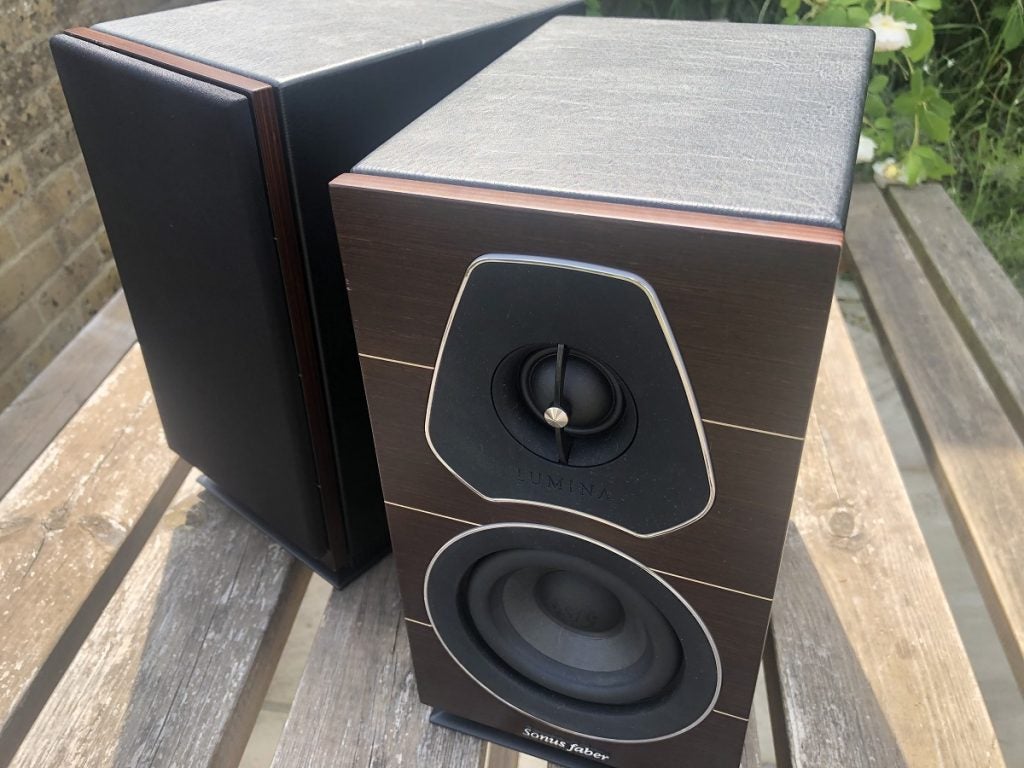
Of course, one man’s ‘rather chintzy’ is another’s ‘luxuriously sophisticated’, so it’s worth seeing the Lumina 1 ‘in the flesh’ before you make up your mind. What isn’t up for debate, though, is the quality of these materials or the way they’re deployed. Or their tactility, for that matter.
The dimensions make the Lumina 1 a great option for smaller listening rooms, and the forward-firing bass reflex port makes them even more flexible in terms of positioning. The Sonus Faber stand on little plastic plinths (which look and feel a fair bit more prosaic than the rest of the cabinet), the front of which are vented to allow the port to do its thing.
Features
- Low sensitivity equals power-hungry
- 29mm tweeter and 120mm mid/bass driver
- Nickel-plated bi-wire terminals
Despite their manageable proportions, on an electrical level the Lumina 1 are a bit more of a handful. Sensitivity of 84dB and a nominal impedance of 4ohms means they’ll need to be powered by an amplifier with a bit of oomph if they’re to perform to their optimum.
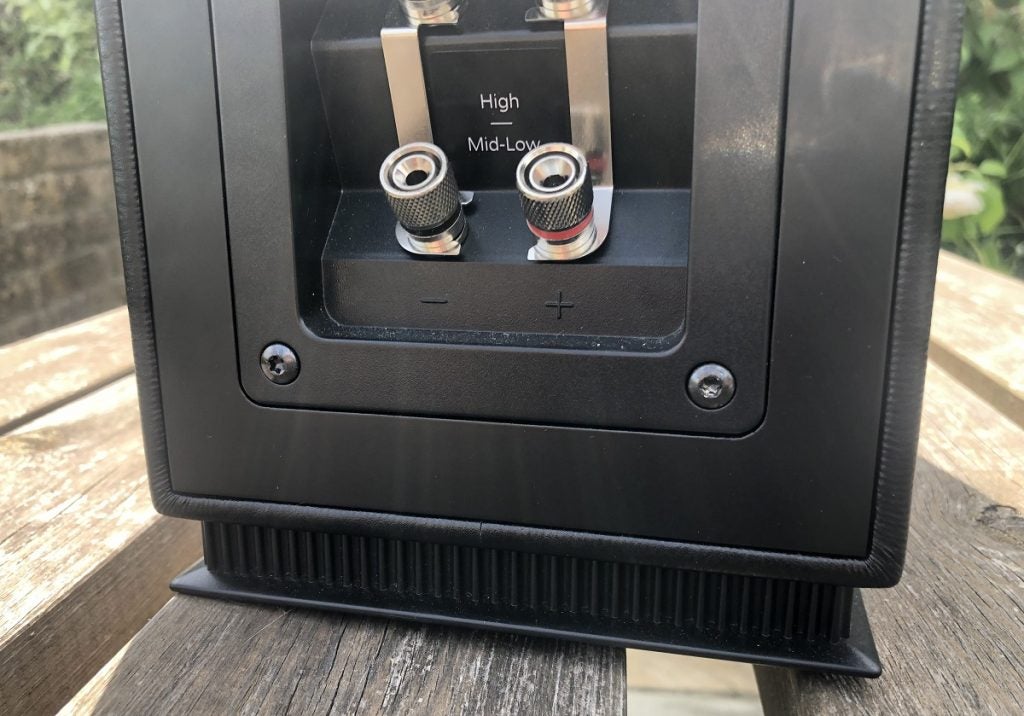
No matter the amplifier you deploy, it will be driving a big 29mm soft-dome tweeter and 120mm paper mid/bass cone in each speaker – and, if your amplifier (and your speaker cable budget) is up to it, they can each be driven independently thanks to the speakers’ bi-wire binding posts. Otherwise, crossover is at an unremarkable 2kHz.
Sound quality
- Smooth integration of the frequency range
- Direct-yet-civilised presentation
- Not the most rhythmically adept speakers around
In some ways, the Lumina 1 are as accomplished as any price-comparable alternative. Of course, this means that in some ways they’re not, but that hardly seems the most charitable place to start.
Listening to Terry Callier’s You Goin’ Miss Your Candyman gives a pretty full account of the Sonus Faber. They’re a quite startlingly upfront, assertive listen; there’s no equivocation to the Lumina 1 sound, but rather a direct and unambiguous delivery of the music.
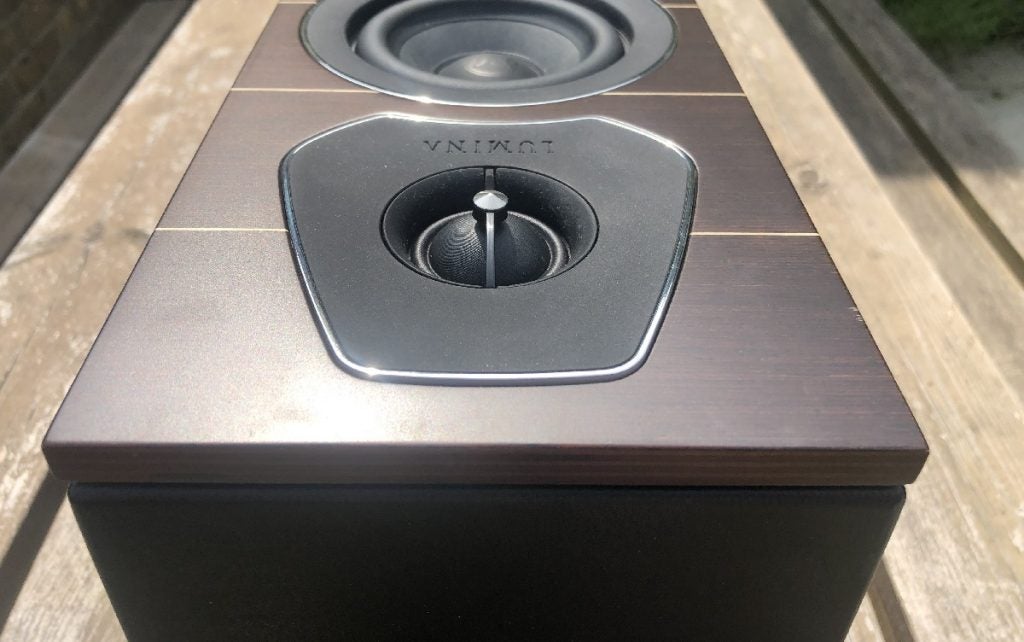
Low frequencies inevitably lack a little extension, but the bass these boxes produce is full bodied, taut and enjoyably detailed. At the opposite end of the frequency range there’s a nice combination of bite and finesse, so treble sounds are convincing as a result. And in between, the Lumina 1 do genuinely impressive work with vocals: they reveal a stack of detail concerning tone and timbre, and consequently a singer as individual and distinctive as Callier sounds fully characterful. Integration between the two drivers is impressive, and there’s real unity to the way the Sonus Faber present the overall recording.
As you might have guessed, given the physical constraints these speakers work under, they’re not the most expansive or dynamic listen – certainly not where the big ‘LOUD/quiet/LOUD’ dynamics of a recording are concerned. And the Terry Callier tune also highlights a slight, but definite, lack of rhythmic ability; this is a sinuous, lithe recording but the Lumina 1 don’t really have the hips for it. They’re a little inexpressive where rhythms are concerned, and as a result are no fans of the dance floor.
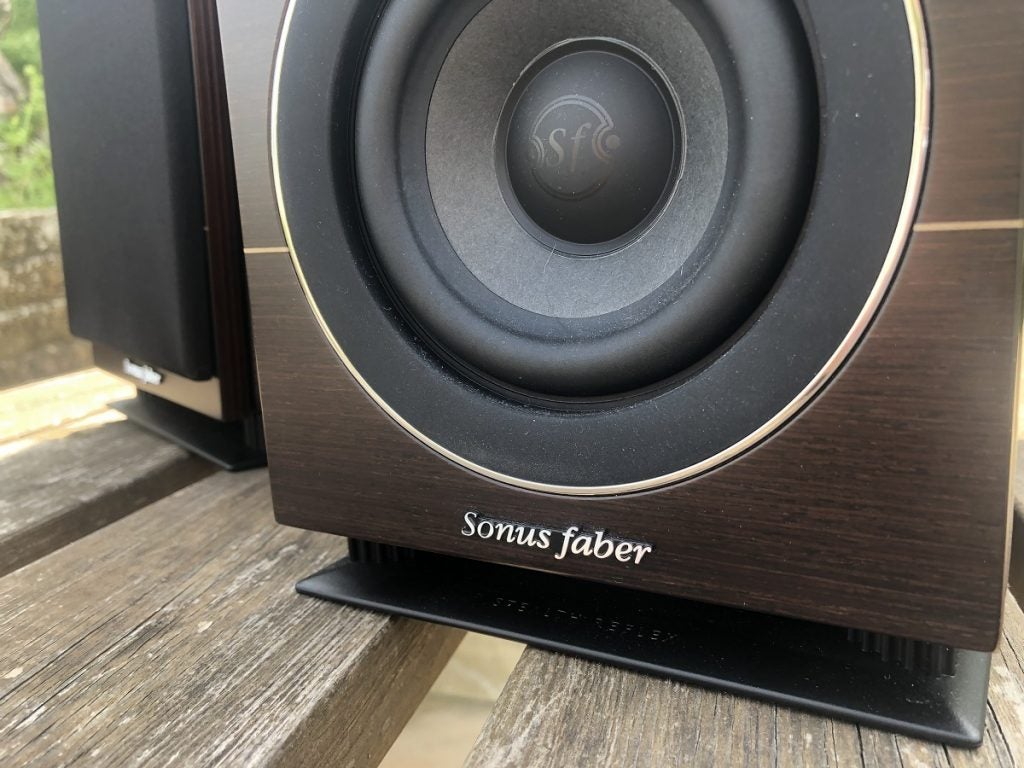
They seem happiest when dealing with recordings as compact and manageable as they are. Try These Days by Nico, for example – which has no real interest in rhythmic impetus – and the Lumina 1 are a genuinely enjoyable and engaging listen. Play to their strengths, then, and you’ll find them very agreeable companions.
Should you buy it?
You like your speakers to look a bit like a library The combination of wood veneer and real leather gives the Lumina 1 a rather olde-worlde look.
You’re after outright scale and punch Look at them – of course it’s going to be beyond them.
Final Thoughts
Play to their strengths (and don’t expect big-room scale) and the Sonus Faber hit far more than they miss.
FAQs
Each speaker weighs 4.4kg, so that’s a total of 8.8kg.
Yes, the Lumina 1 does support bi-wiring if you’ve got the necessarily cables and amplifier that handle bi-wiring.
You’ll likely need an amplifier with a bit of power behind it to hear the Sonus Faber Lumina 1 at their best.

